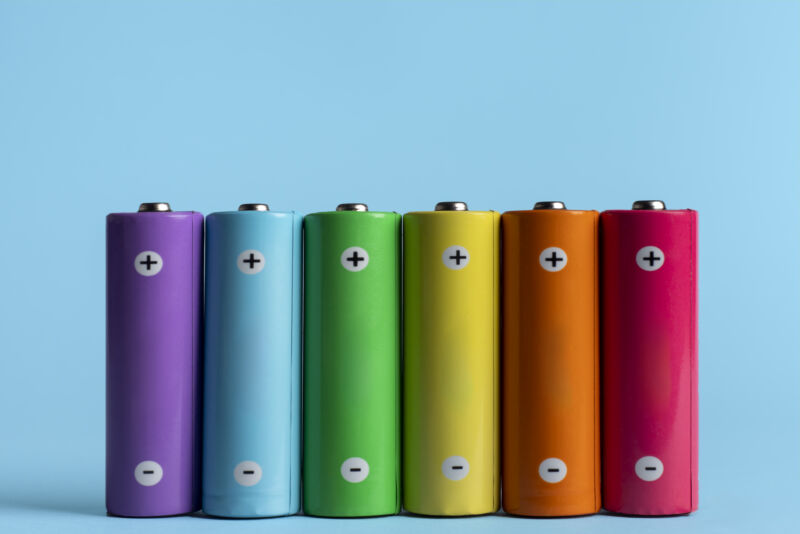
In the world of renewables, lithium-ion batteries are storage kings, making up around 70 percent of electric vehicle (EV) and 90 percent of grid batteries around the globe. As such, they’re becoming increasingly important in a world that’s trying to reduce its carbon emissions by electrifying homes, cars, and more. (Not that mining for lithium or the various rare earth metals in battery production is carbon-free.)
However, there are some problems with lithium-ion batteries, according to a recent Atlantic Council report. For one, existing supply chains for the minerals used for batteries are likely to be pushed to their limits as the world transitions to renewable energy.
But there are also geopolitical factors that could disrupt these supply chains. For instance, many of the minerals tied to the production of these batteries are either obtained or processed in Russia and China. For the United States, this might mean that the security of the supply chains for these batteries is put at risk by geopolitical conflicts. For instance, Russia’s invasion of Ukraine saw the price of nickel—a core component in EV batteries—skyrocket.
As such, the Atlantic Council report investigates and compares alternative battery chemistries that don’t rely on lithium. These may offer some situational benefits over lithium-ion batteries (though strengths and weaknesses vary from type to type). Some are more cost-effective or have a higher performance; others make use of supply chains that are less subject to geopolitical turmoil.
“Ultimately that is the crux of the matter—how these contribute to a more diversified and resilient supply chain for energy storage technology,” Ryan told Ars.
Critical
Among the alternative batteries looked at are sodium-ion batteries, sodium sulfur batteries, liquid metal batteries, and zinc-ion batteries. The report also looks at different lithium-ion chemistries, such as nickel, manganese, and cobalt (NMC) batteries and lithium iron phosphate (LFP batteries). These lithium-ion chemistries avoid some of the problems seen with other types—LFP batteries, for instance, don’t make use of cobalt, an expensive ingredient. According to Paddy Ryan, assistant director of the Atlantic Council’s Global Energy Center, there are other alternative battery chemistries (such as flow batteries) the paper didn’t look into because they’re still “in their infancies.”
The Atlantic Council has published previous research on the mineral requirements of the United States’ electric vehicle transition and the role that US-Canada cooperation could play in developing environmentally friendly mineral supply chains. And, throughout this process, the organization has explored technological solutions to reduce the amounts of minerals used in various green-energy technologies. As such, finding alternative minerals to use in batteries became a “clear next step,” Ryan said.
The Global Energy Center has also been developing a list of minerals that are critical for renewable energy sources and batteries, as they are “becoming increasingly important as the energy transition continues,” he said.
Work on the recent paper began last January, before Russia’s invasion of Ukraine. Russia plays a key role in the world’s nickel supply, mining 21 percent of the world’s Class 1 nickel, which is pure enough for use in EV battery systems. Meanwhile, China—which is currently applying military and political pressure on Taiwan to reunify with the Chinese mainland—refines 80 percent of the world’s cobalt and also plays a key role in the supply chain for other EV battery-critical minerals like manganese, lithium, graphite, and others.
“Because of that, increased geopolitical tension between the United States on the one hand and China on the other presents a certain level of political risk for the clean energy transition,” Ryan said.
https://arstechnica.com/?p=1884390

